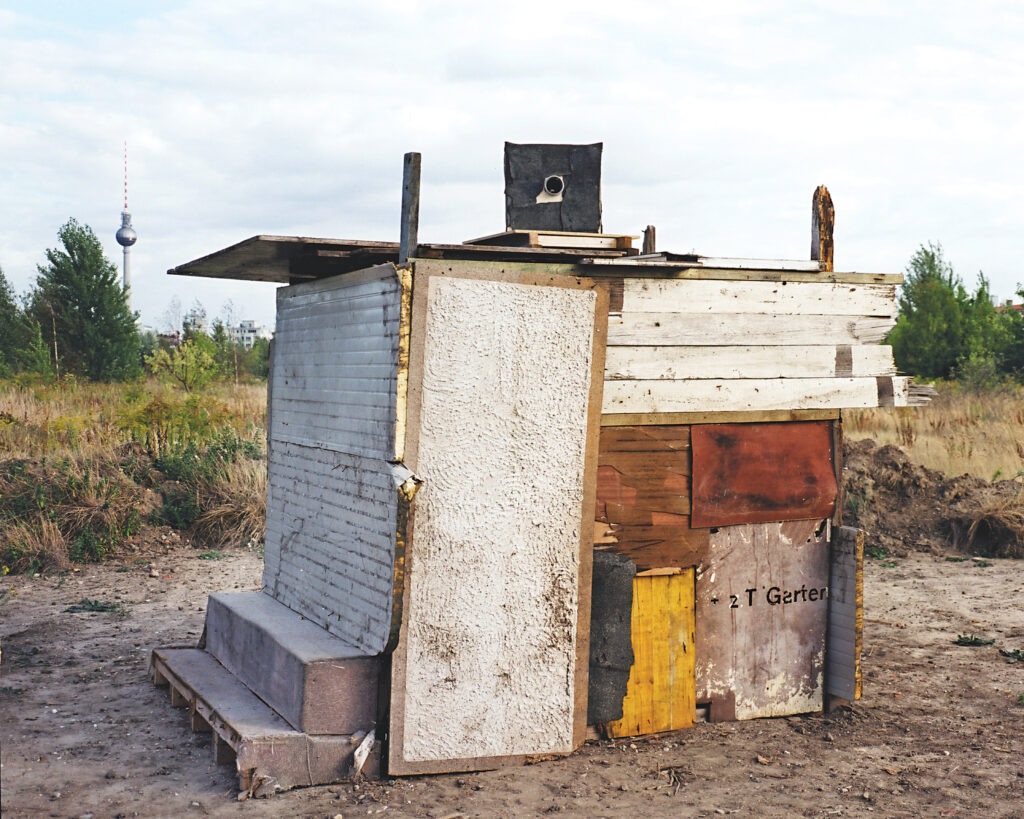
A memory for me. Another one. As children, we built ourselves a house, then another. In a hole in the ground, in a tree, in a field. We gathered beams, boards, panes of glass, fabrics and scraps of carpet from the ruins of the big houses belonging to the grown-ups. It was so cosy inside and no one could see us. Where are you? And we only saw ourselves. Markus Kaiser has become a child again with this work. He is allowed into the kingdom of heaven. Something has been added. Like on a submarine, a tube with a lens swivels on the roof. It transports the outside in. So you remain connected to the outside world. But only visually. Only with your eyes and only through a device. How different it can be for a photographer. A kind of camera obscura. He has used these holes before. In his work about and through the Berlin Wall. Here, the holes became a squinting distant view into a previously unknown terrain. Like peeping through a peephole, the terrain of the opening GDR. It became a poster for our exhibition GDR Pictures. 1989. This work makes me think of something else. The huts, the cobbled-together objects of Arte Povera, the poor art from Italy, which for a time stood in stark contrast to the rich art galleries, the material surfaces reaching out to the citizens as if begging. Here, too, huts, most of them arched like Eskimo dwellings in slums. Childhood and art. They meet again and again. Here on a wasteland in Berlin.
Jörg Boström: Marcus Kaiser’s optical hut, Virtuelles Magazin 2000:
https://archiv.vm2000.net/30/kaiser/optischehuette.htm
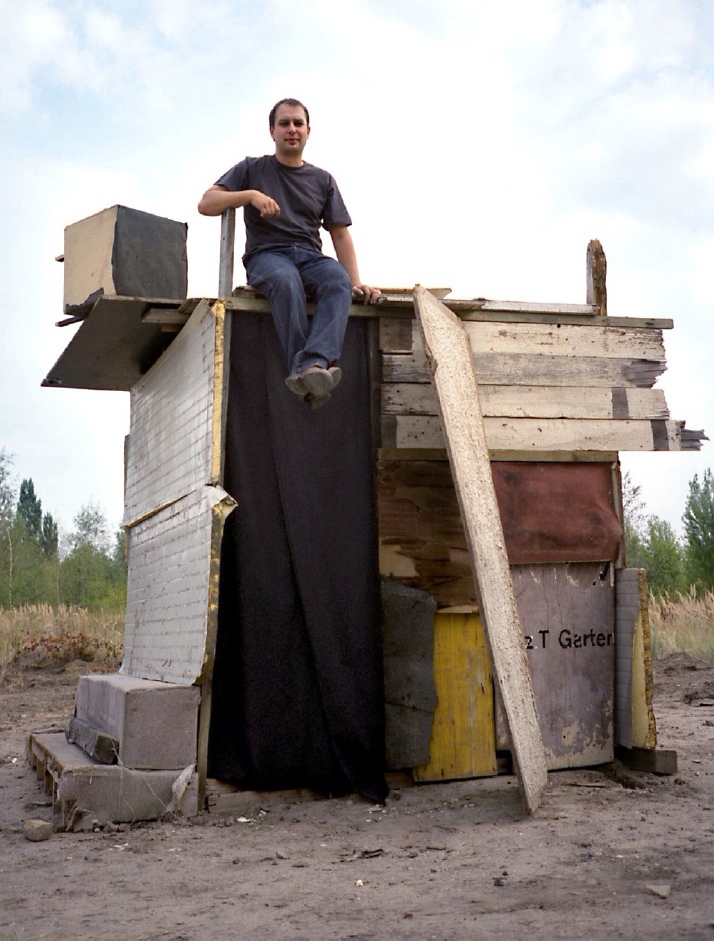

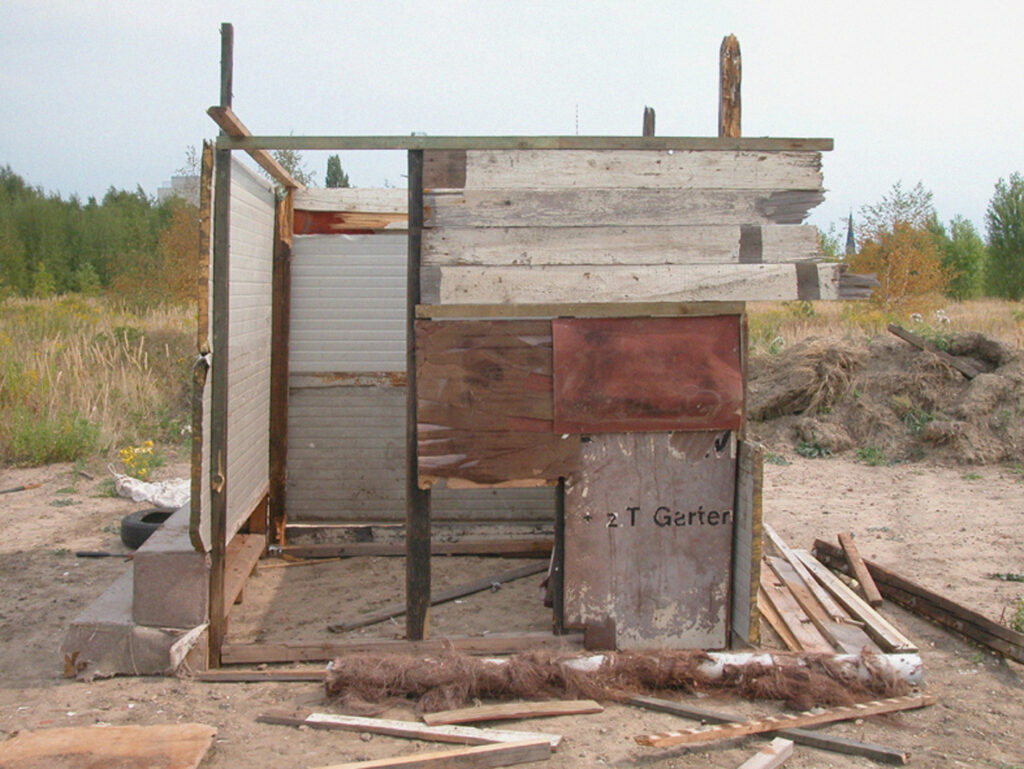
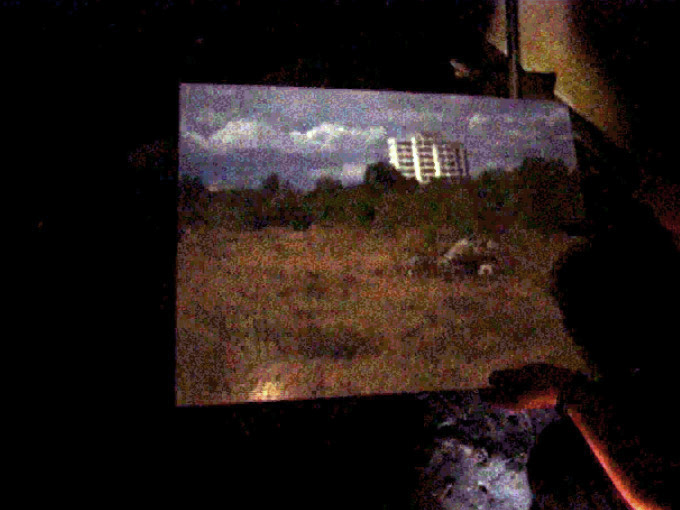
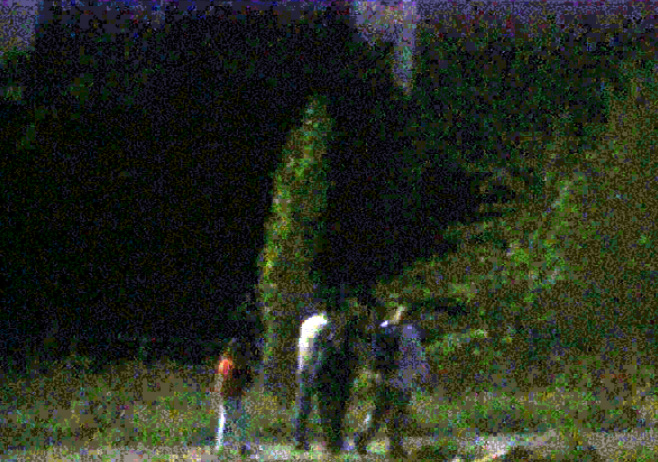
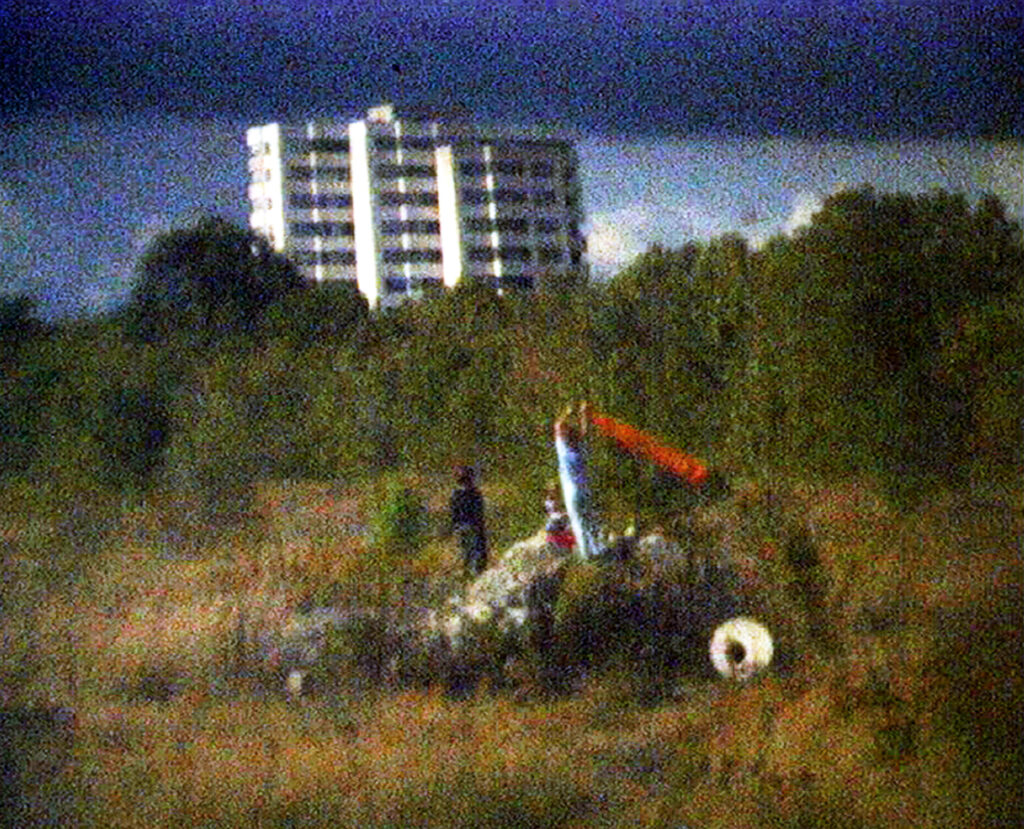
Marcus Kaiser’s ‘Optical Hut’ makes the interaction between exterior and interior space immediately tangible, also in terms of visual anthropology.1 The pictorial space is created between the projected outside world and the protected, sensually experienceable interior of the hut. Only at the moment of entry do the external environment (light, landscape, movement) and the physical sensations, perceptions and memories of the viewers inside the hut combine to form a genuine ‘pictorial event’.
Kaiser shows that images do not exist in isolation from their spatial context or physicality, but are mediated at the interface between exterior and interior space: the projected exterior (landscape, light, surroundings) is combined with individual sensations, memories and social references through the experience of being inside the hut. Thus, the ‘Optical Hut’ exemplifies Belting’s understanding of image mediation as a process between external medium, individual perception and collective and spatial location. As Birk Weiberg emphasises, it is important to note that the technical apparatus, i.e. the optical device itself, appears as an active ‘co-producer’ of the image impression and not merely as a neutral tool.2 Kaiser’s work thus concretises the anthropological idea of mediation, because image creation always takes place in a dynamic exchange between the outside (medium, infrastructure) and the inside (body, memory, perception) – and technology itself becomes part of this mediation.
Marcus Kaiser’s ‘optical hut’ can also be related in a special way to Jacques Lacan’s theory of the eye and the gaze. While Lacan distinguishes between the eye as a physiological organ of sight and the gaze as an effect of being in the image, the optical hut stages a spatial situation in which this difference can be experienced sensually. Inside the hut, the subject sees the outside world as an image projection through a technical apparatus. But this act of seeing, as Lacan emphasises, is never purely sovereign: ‘The object of the gaze returns from the outside to the subject and marks its position in the field of the visible.3 4
In the optical hut, what lies outside is technically conveyed and brought inside – the landscape, the light, the movement appear in the protective space of the image space. This is precisely where Lacan’s idea that the subject is constituted as a seen object at the moment of seeing is realised: the projection allows the outside to return as a ‘gaze’ and makes the individual itself part of the image event. As Birk Weiberg emphasised above, the technology of the hut thus becomes an active co-producer of the pictorial event. Kaiser’s installation thus vividly exemplifies the mediation described by Lacan between the controlling gaze and the affected subject position in the space of the image.
1 Belting, Hans: Bild-Anthropologie. Entwürfe für eine Bildwissenschaft. München: Wilhelm Fink Verlag 2001
2 Weiberg, Birk: Cameras as Artistic Practices. Zurich University of the Arts, 2016. https://www.academia.edu/26554645/Cameras_as_Artistic_Practices
3 Lacan, Jacques: Das Seminar, Buch XI. Die vier Grundbegriffe der Psychoanalyse. Übers. von Norbert Haas. Weinheim/Berlin: Quadriga, 1987, S. 97 u. S. 109.
4 vgl. Nemitz, Rolf: „Die Spaltung von Auge und Blick.“ In: Lacan entziffern, https://lacan-entziffern.de/blick/die-spaltung-von-auge-und-blick-beispiel-des-films-standard-operating-procedure/(last accessed: 18 September 2025).
August Mück, 2024